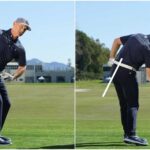5 research-based feels that will upgrade your golf swing, according to a top coach
By Luke Kerr-Dineen
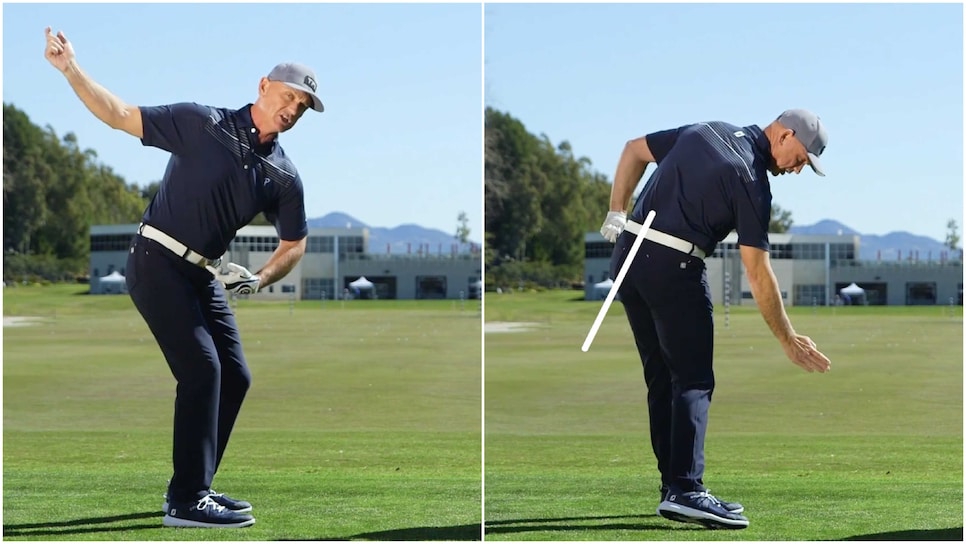
Whether you’ve heard of it, you’ve likely seen a golfer who has benefited from the Titleist Performance Institute. If you work with a coach or golf-specific trainer, there’s a good chance you’ve benefited from it yourself.
The Titleist Performance Institute, or TPI, is a facility in California that studies the biomechanics of the golf swing, and helps players match their unique body to their swing. One of the co-founders of TPI, Dave Phillips, coaches Jon Rahm. And in his recent Golf Digest Schools program, the Golf Digest Top 50 Teacher shares some of the key things he’s learned.
“We’ve been fortunate to study many of the best players in the world,” he says. “The best players create space on the downswing, based on how they move their body. You can too.”
There are different ways of doing this based on how your body is prone to move, but look closely at the very best, and you’ll see many of the same key moves start to emerge.
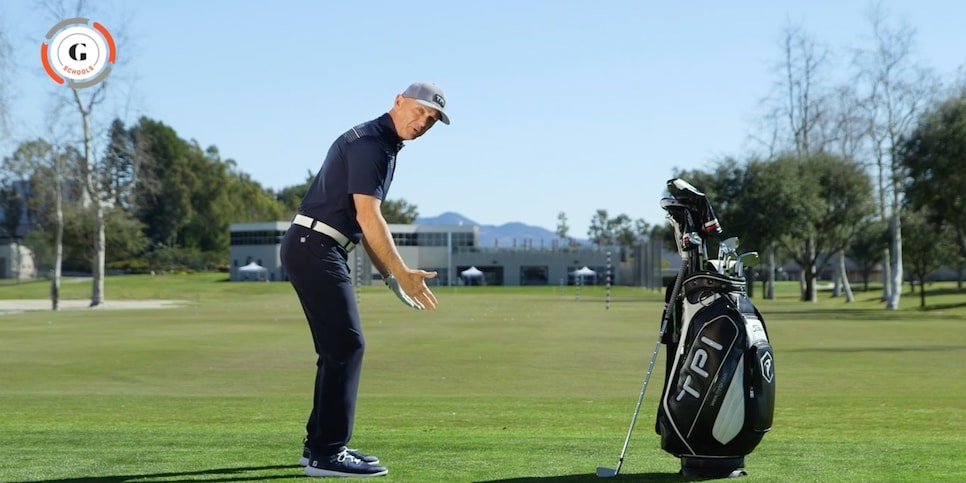
1. Hinge with your hips, not your back
The way you set up to the golf ball affects the way you swing the club—yet so many amateur golfers overlook their setup. Good posture is key to all this, Phillips says, adding that the key feeling golfers should feel is bending forward by hinging their hips.
“The best players create certain body angles by hinging from their hips. We call this for forward bend,” he says.
It’s that hip hinge that creates the space golfers need to start their swing, Phillps says. Golfers who don’t hinge enough from their hips will often compensate by rounding their upper back, which will limit their ability to turn on the backswing and cost them power.

2. *Feel* like you keep your body angles
Setting up with good posture won’t just help you move during your swing, but will give you a good feeling that you’re keeping the same angles you created at setup as you swing.
“You can’t actually keep your angles exactly the same as you swing. But the best players minimize the change in their body angles. They don’t have huge changes,” he says. “When you have big changes in your body angles, you have to release those angles later in your swing, which can cause bad shots.”
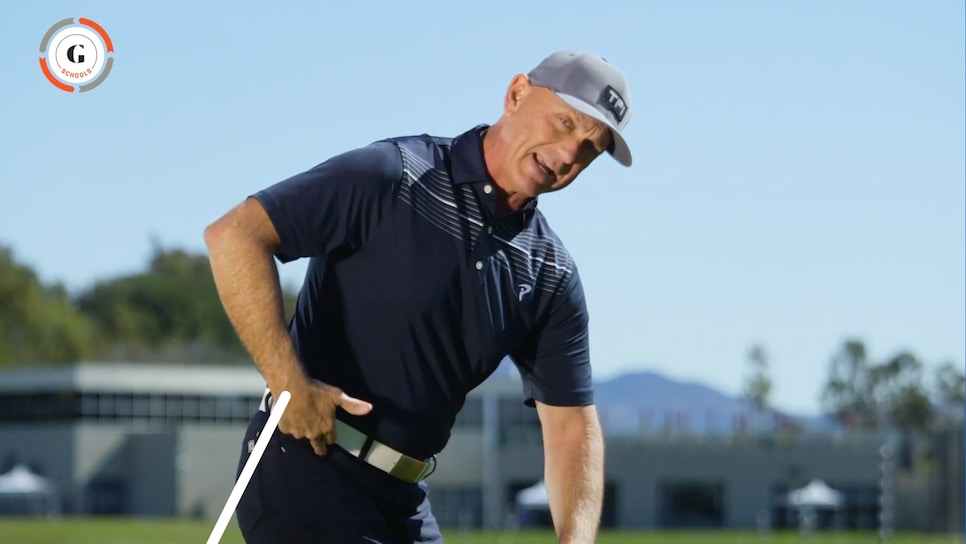
3. Turn your right hip behind you
As you make your backswing, the best players measured by TPI do a great job loading their trail hip (right hip for right-handed golfers). To achieve this result, chase the feeling of turning your right hip behind you.
“If I were to draw a line on my tailbone at setup, they turn into their right hip so their right glute moves behind that line,” Phillips says, which you can see him demonstrate below.
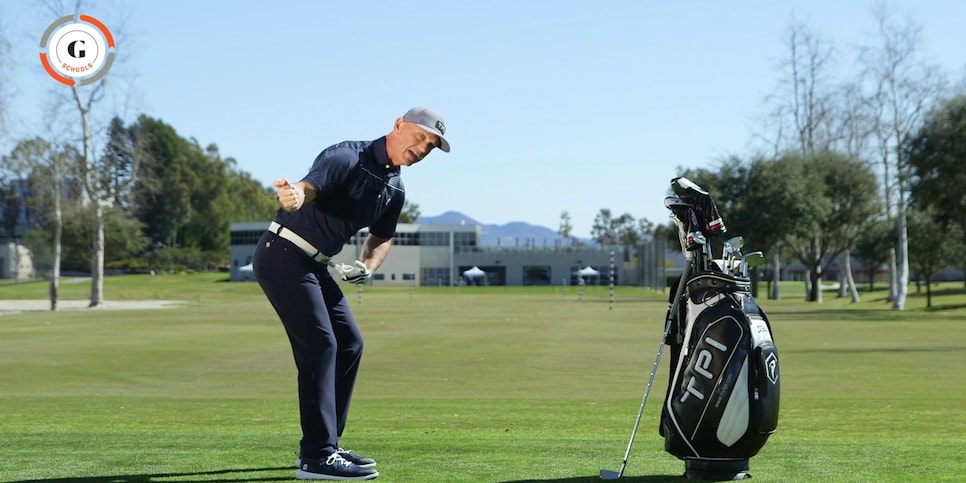
4. Work belt buckle underneath body
One of the most common ways amateur golfers lose space as they swing is through the dreaded “early extension.” Their hips thrust toward the golf ball, and it creates a flip of the club driven with their hands. Some players can time this move, but most struggle to keep it consistent.
To avoid this, Phillips offers a swing thought based on what the best players do: “As they shift their weight [on the downswing], their belt buckle and hips work underneath them,” he says. “That way they create space for their arms to swing through.”
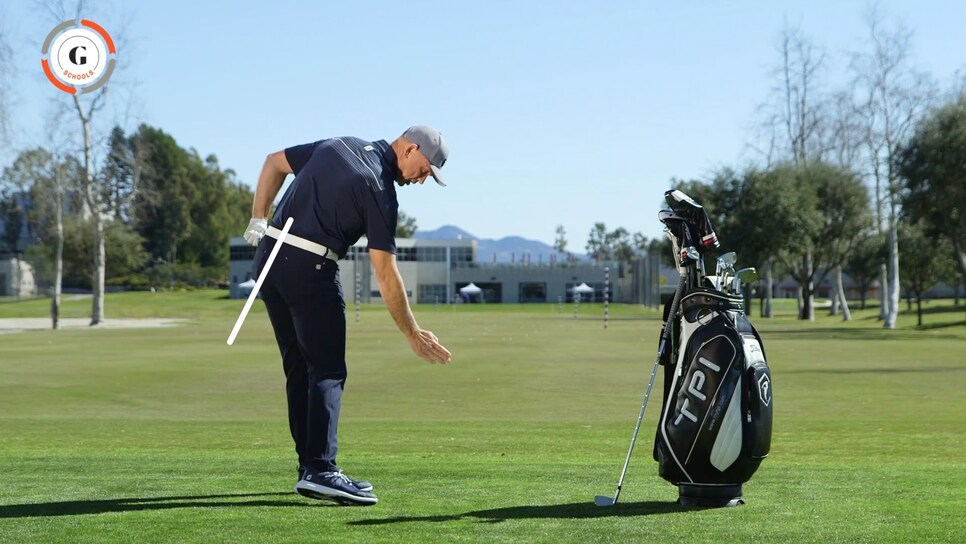
5. Shift, turn, push
When golfers struggle with a slice, it’s commonly because they’re turning too soon on the downswing, Phillips says. They turn too soon, which causes them to lose their body angles and send the club “over the top.”
The tips Phillips previously mentioned will help you avoid this fate, but to make sure you do, Phillips says to understand the golf swing sequence that the best players use.
“They shift their weight and feel the pressure in their lead foot,” he says. “Then they turn and push against the ground… as they strike the golf ball.”
Originally posted on GolfDigest.com
